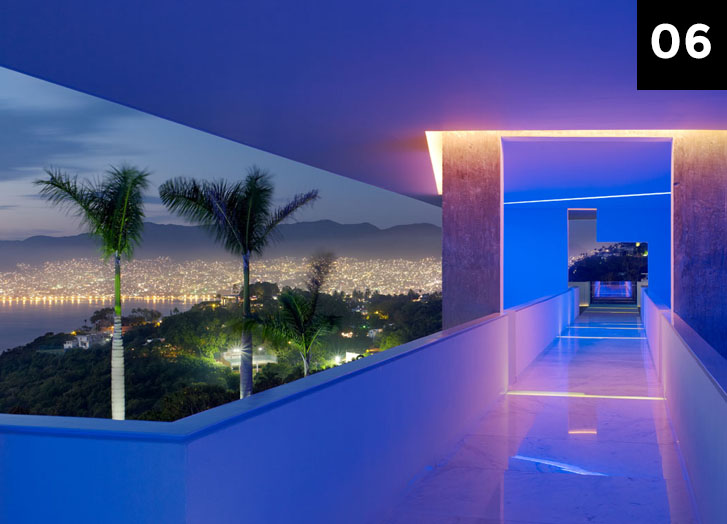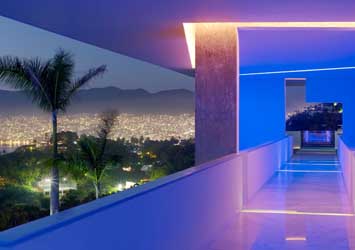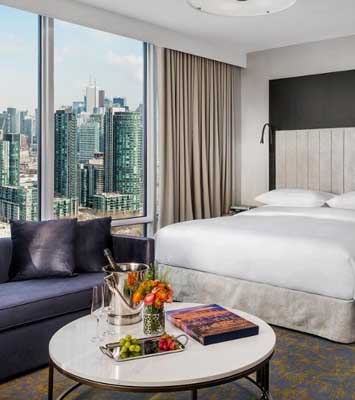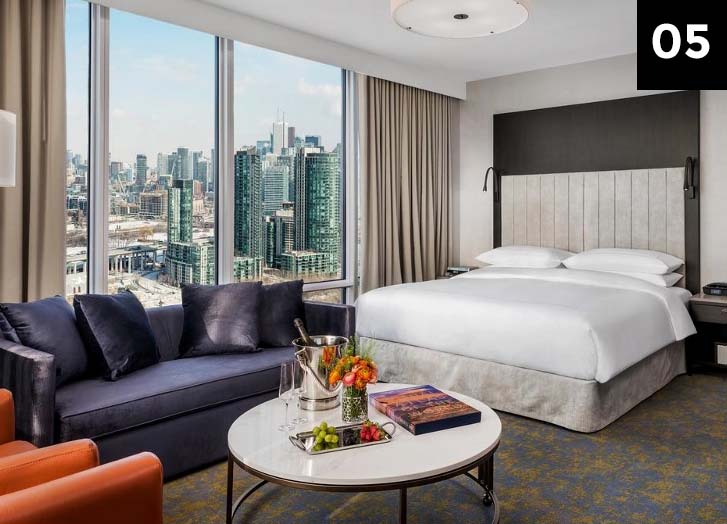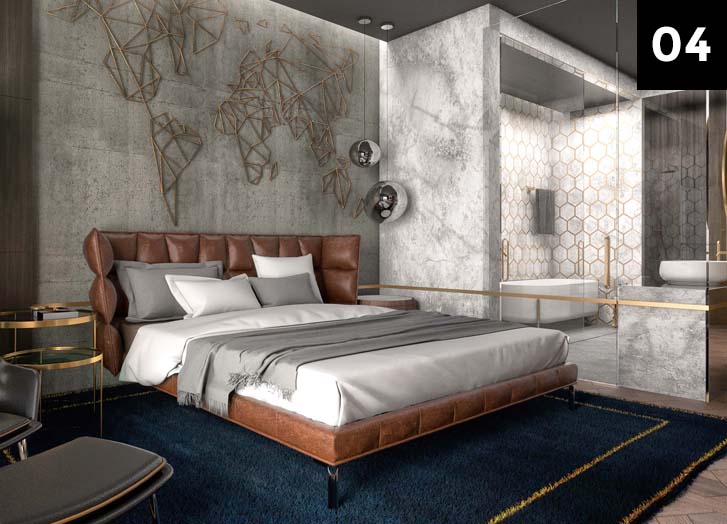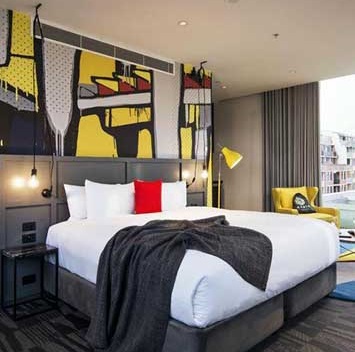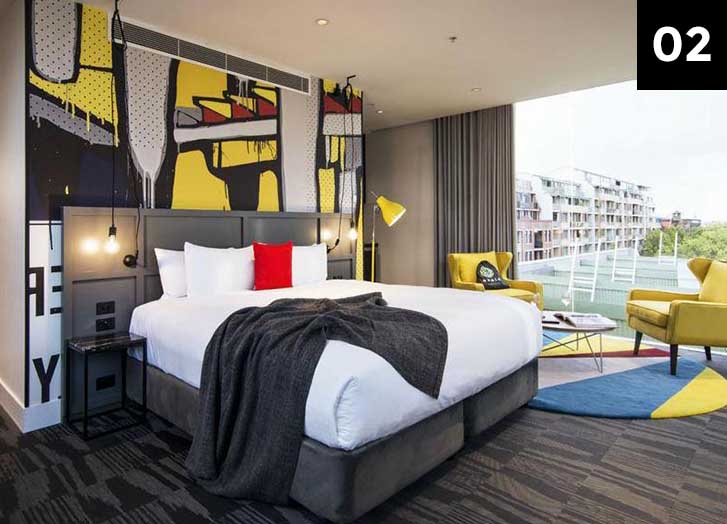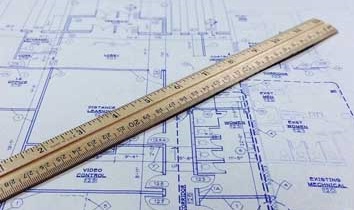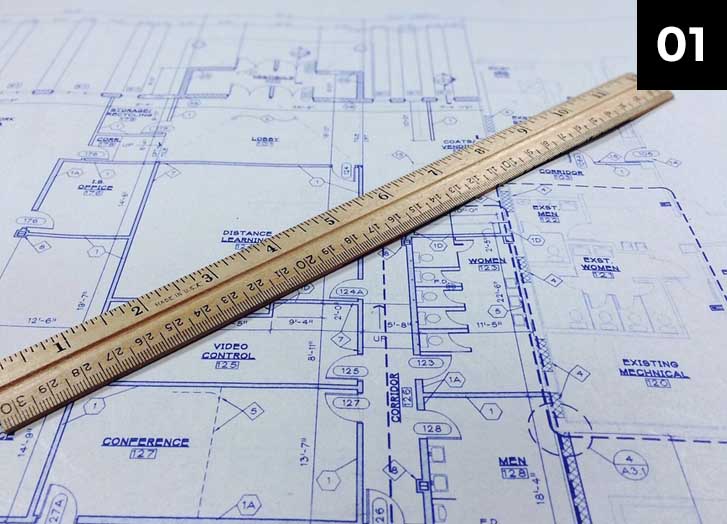It was also drummed into me that ‘the labourer is worthy of his hire’ and that you ‘don’t get owt for nowt’. In later years as I ordered millions of pounds worth of product for hotels on behalf of our clients I came to realise there is truth in clichés, and that indeed one does get what one pays for – in other words there is a relationship between price and product quality. It is indeed true that there is no such thing as a free lunch and those companies using ‘cheap manufacturing’ in China are finding it is not cheap as wages and social costs there rise and the transport costs leap. UK based companies such as Curtis Furniture or PTT may well become more competitive, but we and the USA have thrown away much of our manufacturing systems for a short term vision of getting something for next to nothing…
So it is with design. A good designer will use their knowledge and experience to save the client money – often saving more than their fee. Certainly the cost of not using an experienced designer can be paid by the operator for years through increase maintenance and staff costs, and difficulty in selling their product. Good Design adds to the bottom line.
There are a number of patterns of payment for design fees, and I would outline these, with their advantages and disadvantages, below. I would caution all designers to get a written instruction before proceeding with any work, and caution all hotel groups to control line managers so that they do not dishonestly appoint designers to do work when they don’t have authority to do so. Unfortunately at least two hotel groups ‘innocently’ allow junior or regional managers to do this in order to avoid paying for work. Designers should be aware that there are dishonest companies out there and should be formal in their relationships as Terry Addison points out in our ‘Ask the Experts’ columns in the DesignClub to avoid being taken advantage of.
Commissioning of design seems to go in cycles with each of the following being favoured over the others at one time or another as each has advantages and disadvantages for the client. The three major ways in which design is commissioned in hotel sector are:-
1. Design and Build.
• In this it may well be that the Hotel operator nominates a designer to produce schemes, but chooses to pay them through the building contractor, so that there is only one set of bills. The designer is ‘novated’ to the contractor, which means the contractor is responsible for paying the designer and the designer’s contract is with the builder. Designers generally dislike this because their responsibility is to whom their contract is with, in this case the builder. Thus they may find that the materials they would like to use, or the layout of the space, may be changed for cheaper solutions that contribute to the builder’s bottom line.
In my experience the major drawback with this approach is that the Client loses a productive relationship with the designer, and has a relationship with the builder instead. The relative benefits depend very much on the qualities of the individuals concerned.
Advantages are that the process is transparent, professional and controllable by the Client, but only as effective as the Clients experience and management abilities. Weak management can lead to buildings that have operational problems built in, or create conflict between the aims of the designer in serving their paymaster or the Client.
2. Design and Supply
• Here the design will be provided by the company supplying the FF&E*, maybe on a ‘turnkey’ basis, i.e. the Client sets a budget and gets a hotel finished with all the FF&E in place so that it can be operated from the moment the keys are handed over and the Client turns them in the lock. Here the supplier provides a professional design service, with all the necessary drawings and visuals, specifications etc. but it is paid for from the margins made on the supply of furniture, curtains etc. In this type of company there is also often a manufacturing arm and a contracting arm, so the client is paying only one set of bills, simplifying the accounting procedure. This also enables cash flow to be smoothed.
Some larger design companies will in effect offer turnkey solutions. It is effective and professional and can lead to good long term relationships. Where it can fail is if the company is intent on maximising profit from the supply and chooses the product lines with the largest margins.
Most dangerous and in my view unprofessional are those who charge a design fee and then also take a commission from the suppliers without telling the Client. They are being paid by both the Cowboys and the Indians…
3. Professional Fee Route
• Here the designer enters a contract with the Client to provide a design and project management service for a fee. Fees are usually related to the cost of the project and are percentage based the percentage dependant on the size of the project in the same way as architectural fees are set, but only on the interior element (which is obviously subtracted from the architect’s area of responsibility). A contract or letter of understanding is usually put in place before any work is carried out (essential in a new relationship) and issues such as copyright are clarified.
Fees are usually paid according to a split reflecting the work involved at each stage. This may be:
i. Feasibility – a study of the location, local market, competition resulting in an outline proposal for development of the site or budget proposal for the refurbishment of an existing hotel
ii. Design – the production of the initial design and plan layouts, visualisations and reasonable design development to acceptance of the scheme by the Client. By the end of this stage 25% of the fee is usually due
iii. Tender – production of detail drawings and tender packages. This may cover joinery (millwork) drawings, design of furniture, light fittings, tenders for electrical work, tenders for tiling and marbled work etc.. A project programme will be drawn up and planning and building regulation applications made, together with appraisals under the CONDAM and Fire regulations. Tenders are issued and opened according to clear industry standards, and the Client is not committed to accepting the lowest or indeed any tender. By the end of this stage 65% of the fee is due.
iv. Site supervision and project management – involving arranging and attending site meetings regularly, agreeing variations to the contract and checking and agreeing the contractors payments in conjunction with the Client team** Signing off the work for handover to the client. By the end of this stage 95% of the fee is payable.
v. Snagging and rectification work – which usually covers the first six months from handover. Here the last 5% becomes due.
vi. Purchasing of all FF&E – will be organised by the designer for the Client, usually for a percentage either on the fee to start with or separately agreed. Again I will look in another article at the rôle of Purchasing agents.
In all the above cases a schedule of regular monthly payments may be agreed between the parties concerned of smooth cash flow thought the length of the project. A contract is normally in place which will cover all the work undertaken, and defining responsibilities. Designers in all these methods of working are expected to have Professional Indemnity insurance, usually of up to £3 million
The latter arrangement was the one I was used to working under when in practice. It enables the Designer to work directly as a part of the Client team, building on and understanding the operational requirements to the benefit of the schemes and the profitability of the Client Company.
If these models are used the Client can create a transparent management structure that allows them to interrogate the construction team, be aware of costs, see the implications of changes of mind or specification. Choose the structure that supports your own management capabilities, and remember the Golden Rule – he who has the Gold Rules.
©Patrick Goff
*FF&E = Furniture, Fittings and Equipment. Sometime the E is taken to mean Electrical, although Electrical may be subject of separate sub contracts.
**Client team may include Architect, Interior Designer, Quantity Surveyor, Project manager, Structural Engineer, Services Engineer and more. Oh – and don’t get upset these are not in order of importance!
